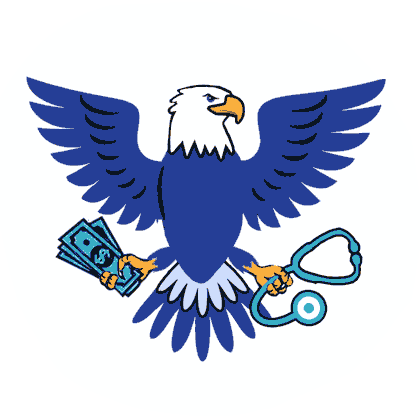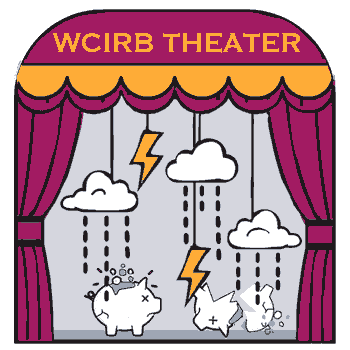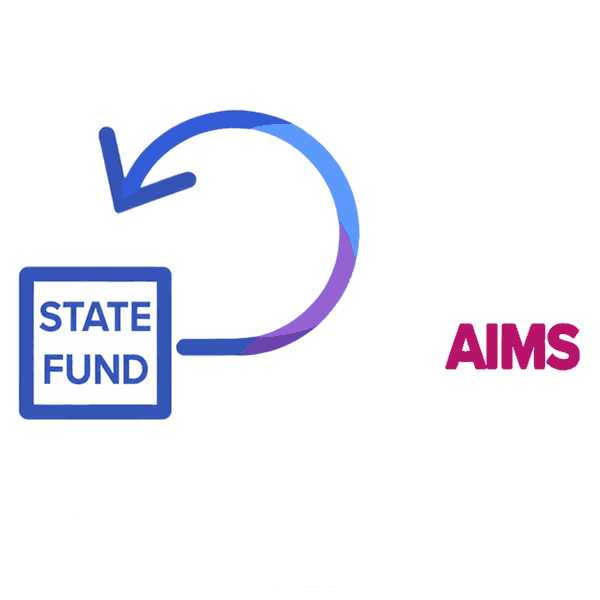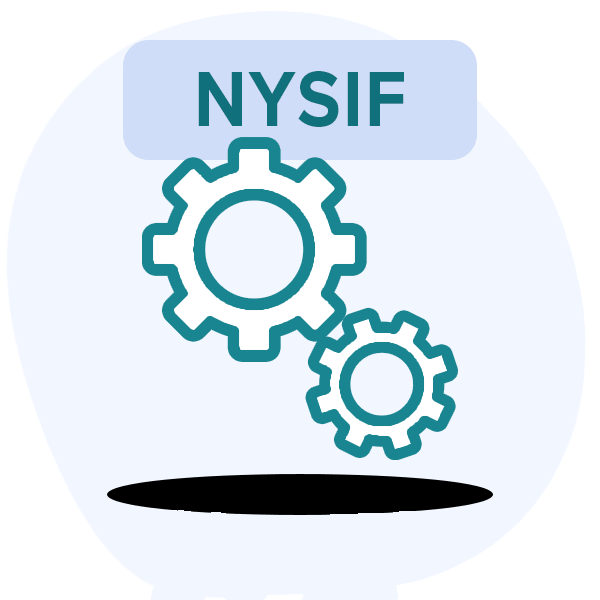CO Reminder: Mandatory e-Billing Is Weeks Away

In less than two months, Colorado providers must submit all bills for the treatment of injured workers electronically (aka, e-billing).
On January 1, 2026, Code of Colorado Regulations (CCR) Section 1101-3, Rule 16-8-1 takes effect, mandating that (with certain exceptions) providers must e-bill for workers’ comp, and payers must accept and respond electronically to those e-bills.
If your practice has yet to adopt e-billing, the time to take action is now.
Regardless of which e-billing tools your practice chooses to use, daisyBill is happy to field questions and share our expertise with any and all Colorado providers.
While the transition may require some investment of time and resources, this mandate is undeniably a net positive for providers. Workers’ comp e-billing is faster, more reliable, and makes revenue management exponentially easier.
Below, see the details of the impending change, along with some important notes from the Colorado Department of Labor and Employment (CDLE)’s recent e-billing webinar.
CO e-Billing: The Basics
Starting January 1, 2026:
- Colorado providers (but not interpreters) submitting 25 or more workers’ comp bills per month must submit those bills electronically.
- Providers must submit e-bills using “a HIPAA compliant electronic transaction, to Payers that have established connectivity to the Provider’s system or clearinghouse.”
- Providers may not submit duplicate paper versions of these e-bills.
- All payers except self-insured employers must accept providers’ e-bills for the treatment of injured workers.
- Within two working days of receiving an e-bill, the payer must send an electronic acknowledgement that verifies and timestamps receipt.
- Within 30 days of receiving an e-bill or within five days of paying an e-bill, the payer must send the provider an “electronic remittance advice” (ERA), also known as an electronic Explanation of Review/Benefits (e-EOR/EOB).
- The deadline for paying e-bills will remain the same as for paper bills: 30 days.
CDLE: e-Billing Is “The Most Powerful Tool Available”
At the CDLE webinar, available to view here, state representatives made the case for e-billing from the provider’s perspective.
CDLE Medical Services and Strategy Manager Christy Culkin said it best, stating (emphases ours):
“We routinely see providers…spending multiple hours over the course of a year on payment for a single medical bill. Multiply that by hundreds of medical bills, and this equates to hundreds of hours and dollars and lost productivity and revenue...
Submitting and tracking claim rejections and payments electronically means issues have the opportunity to be resolved quickly and payments are consistently generated quickly.
Other than good documentation, e-billing is the most powerful tool available to create better payment efficiencies.”
Additionally, Culkin emphasized the importance of e-billing to patient confidentiality, noting that paper and fax-based billing are more likely to result in breaches of medical information, which can violate state and federal laws.
Clearinghouses vs e-Billing Software
During the Q&A portion of the webinar, multiple providers had questions regarding the use of clearinghouses to submit workers’ comp e-bills.
Colorado providers may choose to partner with a clearinghouse to comply with the e-billing mandate. However, we strongly recommend that providers not submit all workers’ comp bills through any single clearinghouse.
Instead, for best results, use a dedicated workers’ comp e-billing software.
If the clearinghouse your office uses is not the designated clearinghouse for the payer, the e-bill and supporting documentation require electronic rerouting, and are more likely to get lost or dropped to paper format, potentially delaying or preventing payment.
As illustrated below, daisyBill maintains direct e-billing connections to all major clearinghouses payers use (and to the US Department of Labor and Third-Party Administrator CorVel, neither of which uses a clearinghouse).
This way, each e-bill and document reaches the payer intact.
Providers also inquired about how to handle improper payment reductions and denials found on ERAs.
A comprehensive e-billing platform (like daisyBill) should track every payment, flag denials and reductions, and automatically generate ‘Bill Tasks’ to address incorrect payments, including submitting appeals with just a few clicks.
This kind of tracking, task generation, and analytics only comes with purpose-built e-billing software, not a simple clearinghouse connection.
The majority of Colorado providers using daisyBill see payment in 2 days on average (compared with a 15-day average, according to the CDLE webinar, for e-bills submitted through a major clearinghouse).
daisyBill is here to answer questions from Colorado providers in advance of the e-billing mandate. Use the pink chat icon on this screen or email us at info@daisybill.com. We’re here for you, client or not.
daisyBill gets Colorado providers paid faster, more easily, and more accurately. Click below to learn more:
BILL BETTER: DAISYBILL
DaisyBill provides content as an insightful service to its readers and clients. It does not offer legal advice and cannot guarantee the accuracy or suitability of its content for a particular purpose.





